
Ingredient
Wild boar, fresh fat tissue
The Luscious Fat of the Wild: Exploring the Richness of Wild Boar Fat
Wild boar fat tissue is highly sought after for its distinct flavor and texture. It is rich and flavorful, with a slightly gamey taste that adds depth to dishes. The fat has a creamy, melt-in-your-mouth texture that enhances the juiciness and succulence of meats when used in cooking. It is a versatile ingredient that can be rendered into lard or used directly in recipes to impart its unique qualities.
Origins and history
Wild boar is native to Europe, Asia, and North Africa, and has a long history of being hunted and consumed. In many cultures, wild boar is considered a delicacy and is associated with feasts and special occasions. The fat tissue of wild boar is highly prized for its flavor and is often used in traditional recipes and charcuterie. Today, wild boar is also farmed in some regions for its meat and fat.
Nutritional information
Wild boar fat tissue is high in calories and saturated fats. It also contains essential fatty acids, which are beneficial for brain health and hormone production. However, it should be consumed in moderation due to its high fat content.
Allergens
Wild boar fat tissue may cause allergic reactions in individuals with pork or meat allergies. It is important to exercise caution and consult with a healthcare professional if you have any known allergies or sensitivities.
How to select
When selecting fresh wild boar fat tissue, look for cuts that are firm, with a creamy white color and minimal blemishes. Avoid fat tissue that appears discolored or has a rancid smell, as it may indicate spoilage.
Storage recommendations
To maintain the freshness and quality of wild boar fat tissue, store it in the refrigerator or freezer. Wrap it tightly in plastic wrap or place it in an airtight container to prevent exposure to air and odors. Use it within a few months for optimal flavor and texture.
How to produce
Wild boar fat tissue can only be obtained from hunting or purchasing from specialty meat suppliers. It is not feasible for amateur production due to the nature of wild boar hunting and the specialized knowledge required for processing the fat.
Preparation tips
Wild boar fat tissue can be rendered into lard by slowly melting it over low heat until the fat is fully melted and the solids are separated. The rendered lard can be strained and stored for later use in cooking or baking. Alternatively, the fat tissue can be used directly in recipes to add richness and flavor to dishes such as stews, roasts, or sautés.
Culinary uses
Wild boar fat tissue is commonly used in traditional European cuisines, particularly in charcuterie and game dishes. It is often used to make sausages, pâtés, and terrines, where its rich flavor and creamy texture shine. It can also be used to baste meats during cooking to enhance their juiciness and impart a unique taste.
Availability
Wild boar is commonly found in Europe, Asia, and North Africa. It is also farmed in some regions for its meat and fat. However, availability may vary depending on local hunting regulations and the demand for wild game.
More ingredients from this category

Pig fat tissue
The Flavorful Lard
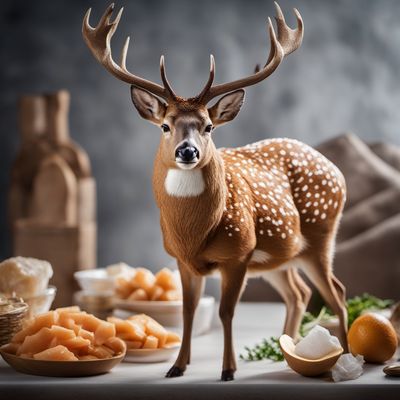
Deer, fresh fat tissue
The Richness of Nature's Bounty

Equine fat tissue
The Richness of Equine Fat

Marine mammals fat tissue
The Ocean's Nutritional Treasure: Exploring Marine Mammals Fat Tissue

Goat fat tissue
Liquid Gold: Unleashing the Richness of Goat Fat

Bovine fat tissue
The Savory Fat Marvel

Sheep fat tissue
The Velvety Indulgence: Sheep Fat Tissue

Camel fat tissue
The Richness of Camel Fat

Rabbit, fresh fat tissue
The Lean Protein with a Delicate Flavor

Hare fresh fat tissue
The Delicate Essence of Hare's Fat Tissue

Bovine and pig, fresh fat tissue
Luscious Fat
Recipes using Wild boar, fresh fat tissue » Browse all
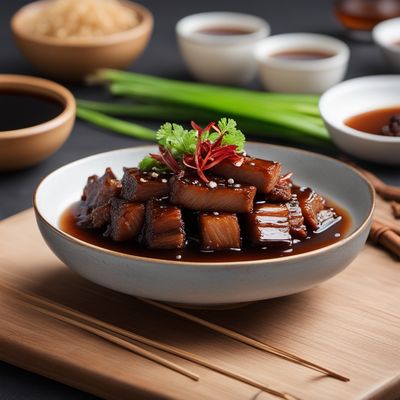
Taiwanese Braised Pork Belly with Soy Sauce
Savory Melts: Taiwanese Soy-Braised Pork Belly

Lao-style Braised Pork Belly
Savory Delight: Lao-style Braised Pork Belly
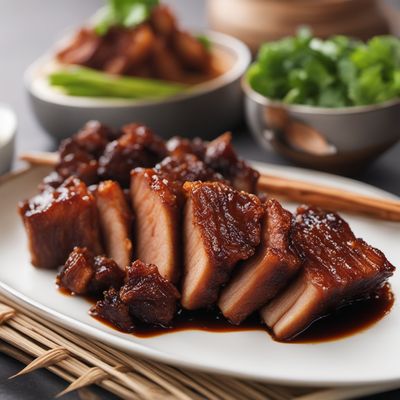
Hong Shao Rou - Braised Pork Belly
Savory Melting Pork Delight

German-style Braised Pork Belly (Schweinebauch)
Hearty German Pork Belly Stew: A Delightful Twist on Kakuni

Crispy Pork Belly with Yunnan Flavors
Yunnan-inspired Crispy Pork Belly: A Fusion of Flavors
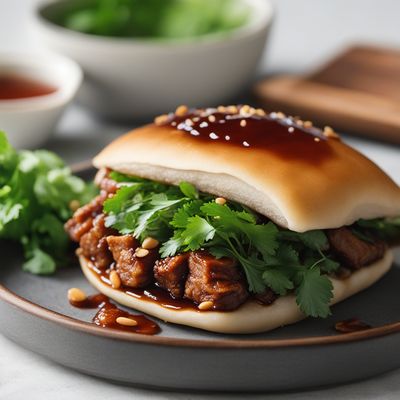
Taiwanese Braised Pork Belly Gua Bao
Flavorful Taiwanese Bao Buns with Braised Pork Belly

Okinawa Soba with Braised Pork Belly
Savory Delights: Braised Pork Belly Okinawa Soba

Tāsìmì - Chinese Spicy Braised Pork Belly
Fiery Pork Delight: A Spicy Twist on Chinese Braised Pork Belly
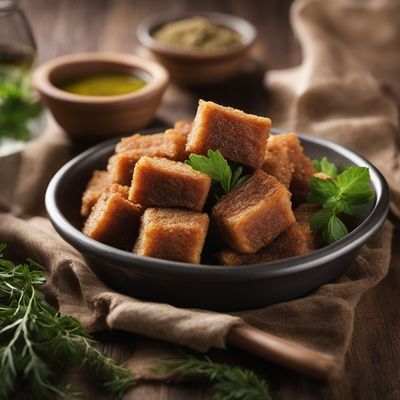
Rhenish-Hessian Bagnet Ross
Crispy Pork Delight: Rhenish-Hessian Bagnet Ross

Slow-cooked Pork Belly with Soy Sauce and Ginger
Melt-in-Your-Mouth Japanese Braised Pork Belly
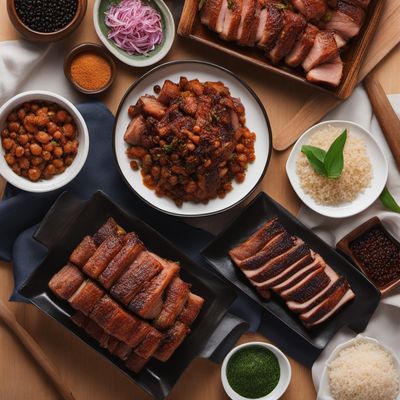
Crispy Pork Belly Delight
Golden Crunch: Crispy Lechon Kawali

Indonesian Chinese-style Roast Pork (Babi Panggang ala Tionghoa)
Crispy and Flavorful Indonesian Chinese Roast Pork